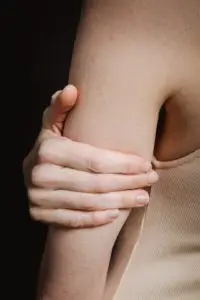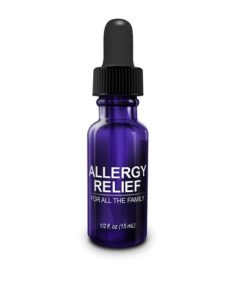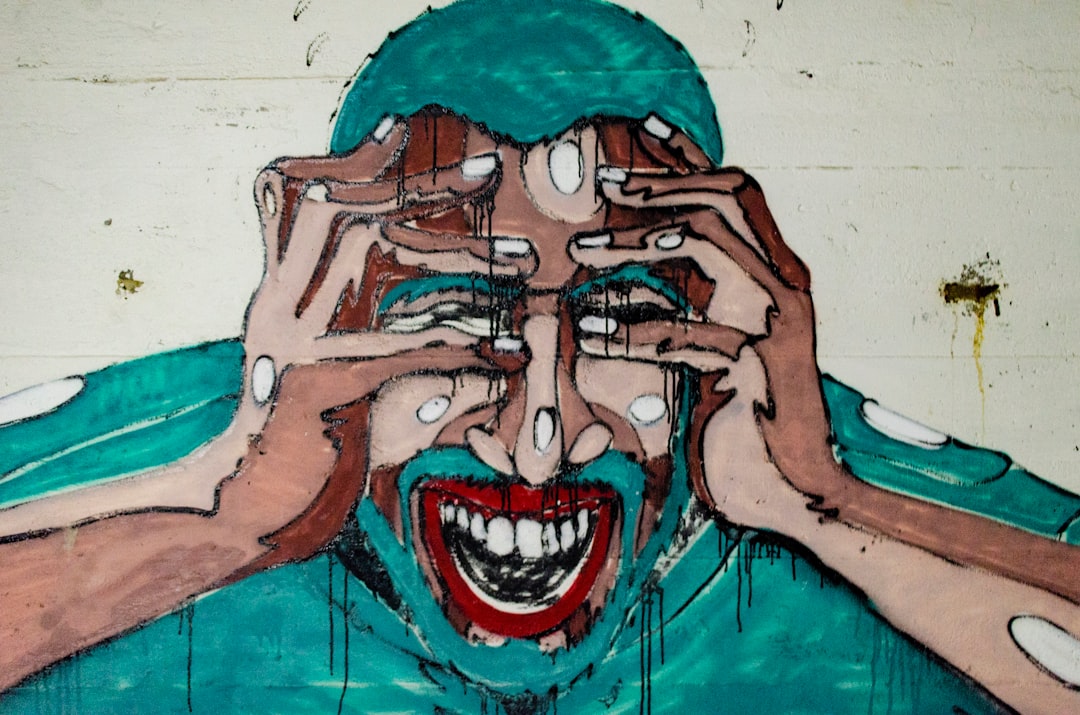Some individuals get a stress rash or hives due to physical or emotional tension. Learn how to identify and treat stress rashes, when to see a doctor, and how to avoid them in the future.
You’ve been uptight. You’re feeling itchy, and observe your skin to see red pimples all over it. Is this a rash? Can it be something else?
When stressed, your body’s nervous system generates stress hormones, like cortisol. Bodily functions, especially the immune system and stress response, are affected by cortisol. Because of high cortisol levels, extreme or continuous stress can harm your skin because of an overactive immune system.
Table of Contents
What is a stress rash?
A stress rash is a skin reaction that occurs when someone is stressed. The most common type of stress rash is red hives, itchy welts or bumps on the skin. Other stress rashes include contact dermatitis, pityriasis rosea, and oily skin.

Photo by Angela Roma from Pexels
Stress rashes are more common in people with sensitive skin. Stress rashes can also develop due to stress-triggered inflammation and immune system responses. Some stress rashes are associated with allergic reactions to stressors such as foods, stress hives, stress bumps; stress-triggered infections; underlying skin conditions including eczema and psoriasis; or medications.
How do I know it is a stress rash and not something else?
It is essential to understand that stress rash and hives are not the same. A stress rash will appear suddenly and last for a short period, while stress hives can occur suddenly or over time and maybe more severe than stress rashes.
Hives are red and swollen, and they can be flat or elevated. They range in size from tiny (about the size of your fingertip) to quite enormous (the size of a dessert plate). Each hive typically lasts around 24 hours; however, some individuals may continue to receive newly-formed hives after the older ones disappear.
Medical treatment should be sought if you experience any of the following symptoms – fever and enlarged lymph nodes.
Is a stress rash common?
Anxiety-related skin condition such as a stress rash is widespread and can affect anybody. It is more common in allergic reactions, skin conditions, or stress hives.
What causes stress rashes?
Stress rashes are caused by stress, and stress can be caused by anything upsetting or causes worry and anxiety. Common causes of stress rash include allergens such as pet dander, dust mites, mold spores, poison ivy, etc. Other reasons are outlined below.
- An environmental trigger includes sunlight, spending time in the water, extreme temperatures, and sweating.
- Food allergens like those in peanut butter, nuts, eggs, and dairy.
- Certain medications like antibiotics and anti-malarial drugs.
- Harsh laundry detergents, fabric softeners, and dryer sheets.
- Rashes can also be caused by contact dermatitis, an allergic reaction to something that touches the skin. Substances that can cause contact dermatitis include nickel (in jewelry), cosmetics, fragrances, plants, and latex.
- Pityriasis rosea is a common stress rash that causes a reddish-pink, scaly inflammation on the chest, arms, and back.
- Infections can also cause stress rashes. A fever may be present along with the inflammation, and it is vital to seek medical attention if this is the case.
Stress rash is not a symptom of stress itself, but stress can typically cause stress rashes as stress depletes the body’s resources, such as neurotransmitters. Stress hormones can also stimulate oil production, leading to an itchy skin condition.
What are the symptoms of stress rash?
The most common symptoms of stress rash include redness, itchiness, welts, and bumps on the skin. The rash may also cause the skin to feel hot to the touch. In some cases, stress rashes can lead to stress hives, red itchy bumps that can spread quickly over the body if the stress continues. Stress hives are usually very itchy and uncomfortable. Hives can develop due to histamine release, which occurs when the immune system overreacts to what it perceives as a danger.
Other types of skin rashes
An allergic reaction or histamine release by a chemical that comes into contact with the skin causes contact dermatitis. Hot and humid conditions cause heat rash. Stress hormones can also affect the skin, resulting in a stress rash. Most stress skin rashes will go away on their own. If your skin rash lasts longer than six weeks, you should seek medical attention if you haven’t already. The inflammation can affect persons of any age, although it is more frequent in 15 and 30 year-olds.
How can a stress rash be eliminated?
Stress rash can be irritating and uncomfortable to live with. To eliminate stress hives, you should treat the skin gently. Apply a soothing ointment as soon as stress rash appears on your skin. Avoid scratching the inflamed region since this only worsen and cause itchiness that will last longer than necessary.
Some stress relief techniques may help you reduce stress rash.
- Try yoga or meditation.
- Exercise regularly.
- Try to be creative.
A stress rash is a common skin condition, and it can be treated with soapy water and anti-itch creams. Stress hives will disappear on their own after a few weeks of addressing the stressors that cause them.
What is the treatment for stress rash?
 Stress rashes may go away on their own in some people, and in other circumstances, itching must be managed. It is possible to treat a stress rash at home using over-the-counter drugs (antihistamines). Diphenhydramine, loratadine, and cetirizine are among the most often prescribed antihistamines in this class. Follow the advice on the label if you’re taking a more potent antihistamine.
Stress rashes may go away on their own in some people, and in other circumstances, itching must be managed. It is possible to treat a stress rash at home using over-the-counter drugs (antihistamines). Diphenhydramine, loratadine, and cetirizine are among the most often prescribed antihistamines in this class. Follow the advice on the label if you’re taking a more potent antihistamine.
Remove as much of the hive-inducing stress as possible to help alleviate hives caused by stress rash. It’s possible to cure stress rash if it doesn’t go away on its own. Stress management, medicine for hives, allergy injections, and steroids are examples of therapies that can help.
When should I seek medical advice?
If you have a stress rash and it’s accompanied by fever, shortness of breath, or swelling of the throat, seek immediate medical attention. An allergic response or infection might cause these symptoms.
Most stress rashes are not serious and can be treated with over-the-counter medications and home remedies. Contact your doctor if stress bumps, welts, and hives accompany your stress rash.
Preventing stress rash
A few things can be done to help prevent stress rash from developing. First, try to avoid situations that tend to cause stress. If this isn’t an option, you might want to look into ways to manage your stress better. Some people find relaxation techniques or yoga helpful, and others find deep breathing exercises or listening to calming music helpful.
Stress reduction should be a major goal if stress is a significant trigger.
Second, avoid hot showers and baths. Use a cool bath or shower if possible. If you have to take a hot bath or shower, try to keep it as short as possible.
This can help those with stress rash from stress hives and people with other skin conditions.
Third, keep the skin clean and dry. Bathe or shower regularly and use a mild soap. Do not scrub the skin. Dry off completely, especially between the toes and other areas where moisture can collect.
Fourth, wear loose-fitting clothing made of natural materials such as cotton. Tight clothes or synthetic materials can trap sweat and moisture and aggravate stress rash.
 Fifth, drink plenty of fluids, especially water, which will help flush toxins and other irritants from the body.
Fifth, drink plenty of fluids, especially water, which will help flush toxins and other irritants from the body.
Sixth, eat a healthy diet. Stay away from foods that have been linked to allergic responses or skin issues. Eat plenty of fresh fruits and vegetables. If stress drives poor eating habits, this should be corrected as stress can lower the immune system.
Finally, try to improve your overall health by treating any other medical conditions that might exist. Any pre-existing medical issues should be discussed with your doctor.
Frequently Asked Questions and Answers
Can stress cause nasty rashes?
Stress can trigger a break out of hives that compose a stress breakout. Hives are raised red-colored spots or welts, and they vary in size and can occur anywhere on the body. Areas influenced by hives can feel scratchy.
Can anxiety cause rash and itching?
Stress and anxiety can boost the release of specific chemicals in the body, generating physical reactions. This can result in a scratchy skin rash or hives, occurring anywhere on the body. Discovering to take care of stress and anxiety can aid to deal with and also avoid anxiousness breakout.
What does a rash from stress look like?
Tension rashes frequently look like raised red bumps called hives. They can affect any portion of the body; however, a stress and anxiety rash is often on the face, neck, or chest or arms. Hives might vary from tiny dots to large welts and form in collections, and they might be itchy or create a burning or tingling feeling.
How long does an anxiety rash last?
Stress and anxiety rashes or hives usually disappear within a couple of hours or days. It is essential to avoid damaging a rash to ensure it will undoubtedly heal and not leave marks. Occasionally, stress rashes and hives can return repetitively for weeks or months. When hives last much longer than six weeks, it is called “chronic urticaria.”
Can you get a rash from anxiety?
Various things can cause individuals to burst out in hives, consisting of anxiousness. When this occurs, individuals can create a scratchy rash on the skin recognized as anxiousness hives, additionally occasionally referred to as a tension breakout.
What does a stress rash look like on your legs?
A stress and anxiety rash appears like increased red bumps in big welts or tiny dots. Anxiety rashes can appear anywhere on the body, from the limbs to the face and back. To treat a stress breakout, take antihistamines, use a cool compress, and attempt to decrease your stress.
Does Benadryl help with hives?
Treatments Medical Professionals Use for Hives Doctors typically prescribe antihistamines as an initial training course of therapy for hives. Severe instances can commonly be treated with over-the-counter antihistamines like Benadryl, loratadine, fexofenadine, and cetirizine.
Can a stress rash look like bug bites?
Anxiety hives can look a little like pest attacks: both are red, puffy, as well as itchy, and might show up initially as private bumps, says Stevenson. Nevertheless, hives are regularly uneven and can conglomerate in more prominent spots, specifically if you damage them.
When should you be worried about a rash?
It’s ideal to visit an immediate care facility or the emergency clinic if your rash spreads swiftly. If your rash is spreading slower but is spreading over your body, it’s still an excellent suggestion to get it considered. It could be a warning that an allergy or an infection brings on your breakout.
Why can’t I handle stress?
Feeling under stress constantly can likewise suggest a mental disorder, such as an anxiety disorder. (It can again be a source of psychological disorder!) Taking care of an underlying mental condition can be life-changing.
What does stress rash look like?
Stress rashes are usually red, itchy and raised. They can appear on any part of the body but often occur on the legs or back.
A person’s sweat glands release toxins when under stress which causes them to break out in a rash due to high histamine levels. This is because your body responds by creating more adrenaline and cortisol, both of which have inflammatory qualities and induce skin irritation – including inside pores where bacteria can live too! Relaxing when you don’t need much energy, such as before night or after work hours, is the greatest method to avoid this problem.
What does a stress rash look like on legs?
A stress rash is a red, itchy skin condition that usually appears on the legs of people who experience high levels of stress. It’s often confused for eczema or psoriasis because they both can cause inflammation and scaling (pruritis) in addition to the typical symptoms like redness and itchiness. The difference: Psoriasis typically affects patches of hair-covering skin; pruritis affects any area where you’ve had contact with your environment (like clothes).
Psoriatic erythematosus has been associated with smoking cigarettes, drinking alcohol, using lotions/sunscreen without a barrier cream while outdoors), having family members with psoriasis or other autoimmune diseases such as rheumatoid arthritis or even certain infections.
What does a stress rash look like on the neck?
A stress rash on the neck can look like a red, raised, itchy patch on the skin, and it may also have white bumps or blisters on it.
The rash is usually caused by an allergic reaction to something you are exposed to, such as a new detergent, soap, perfume, or clothing. Emotional tension or anxiety might also induce it. If you have a stress rash, you can treat it with over-the-counter antihistamines and cortisone cream. You should see a medical professional if the rash continues after a few days of treatment.

